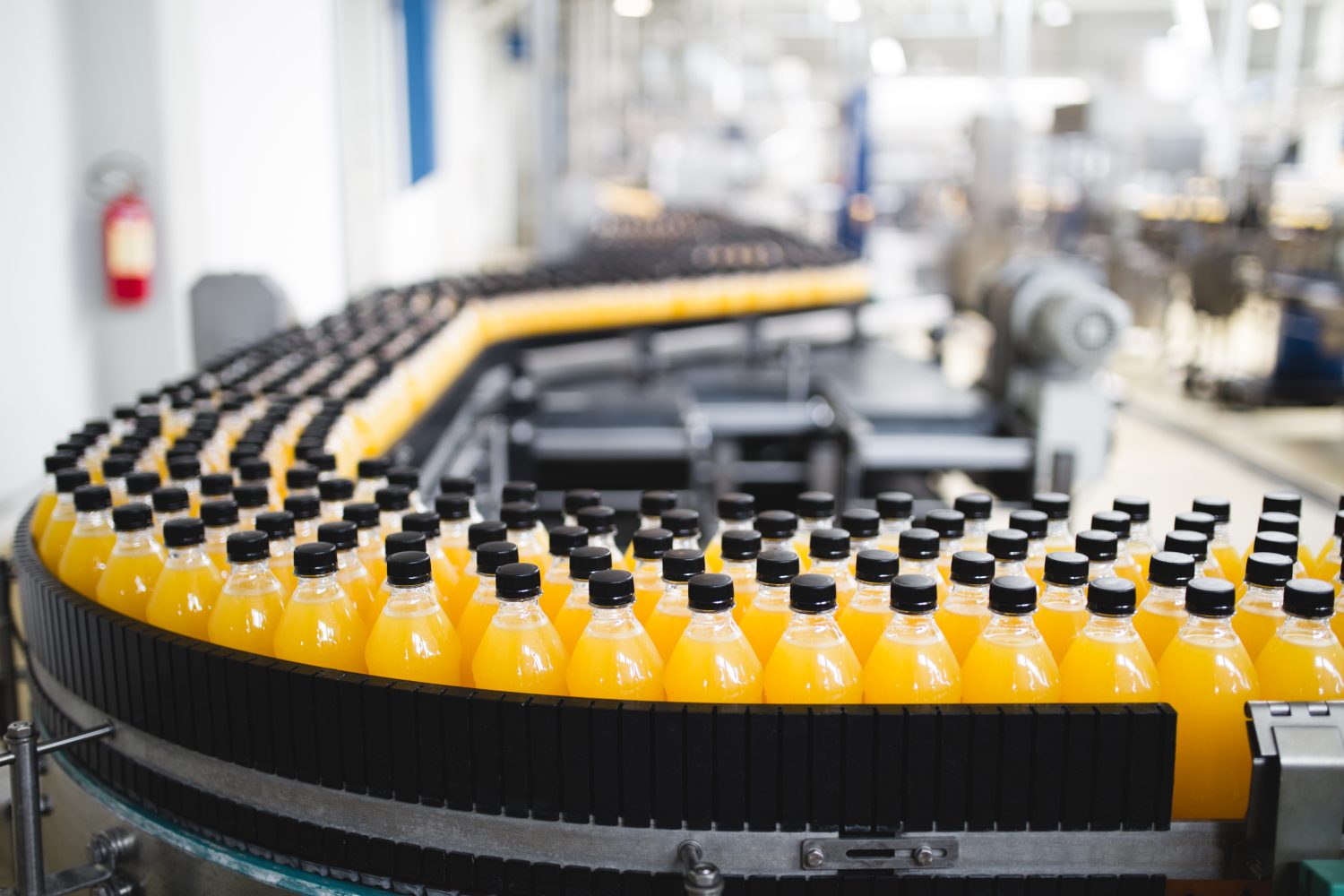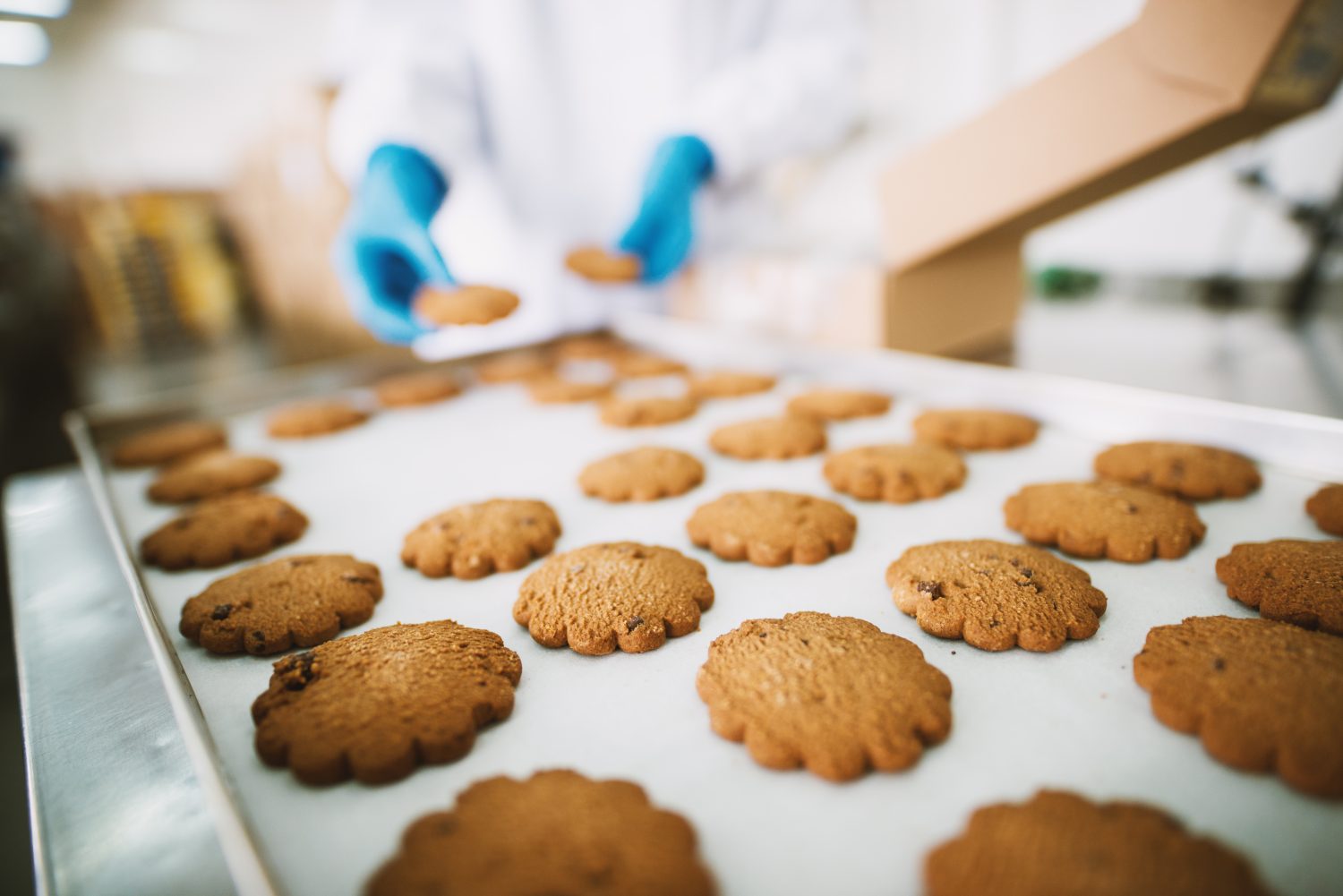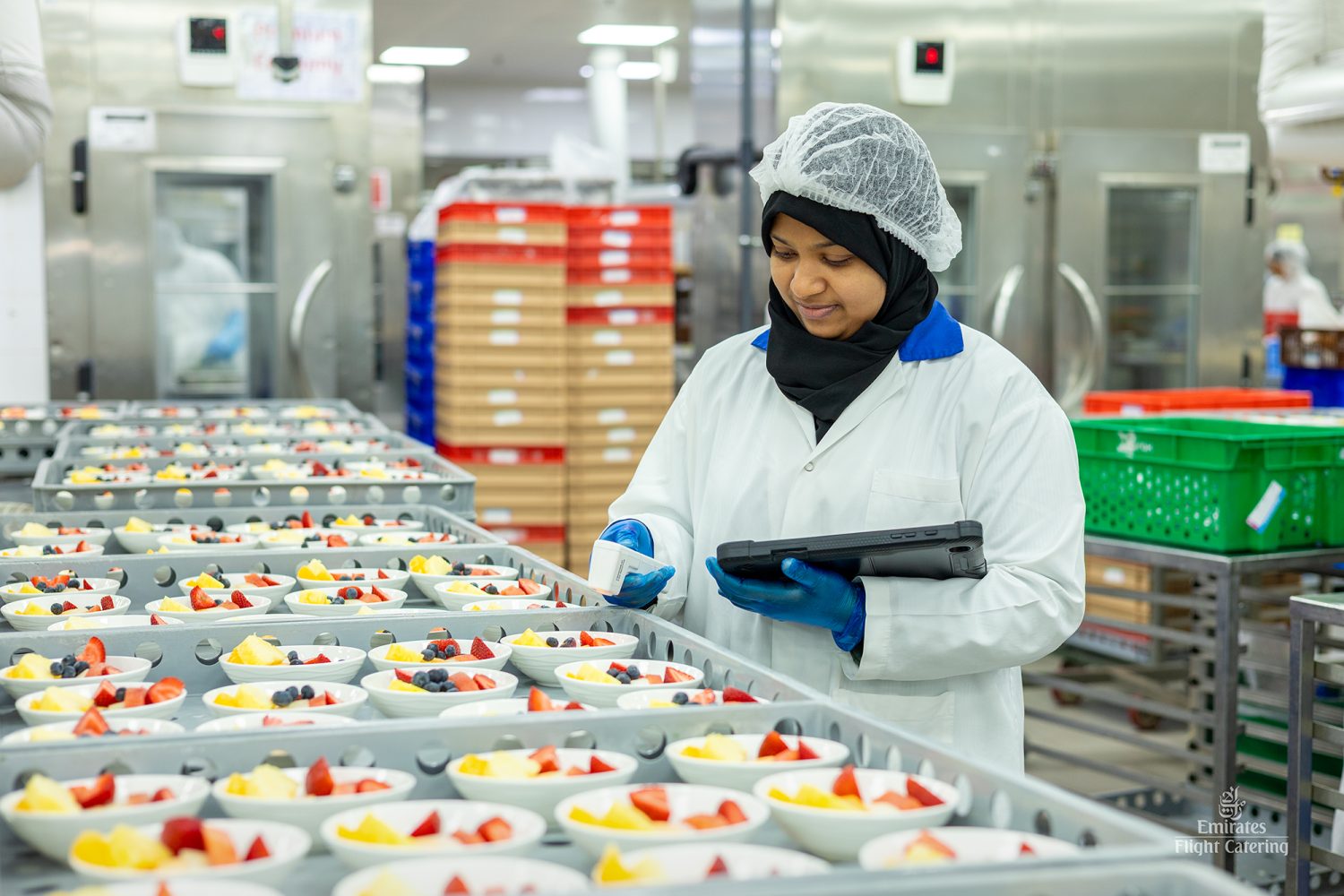Good Hygienic Practices are foundational within food safety. Clean India Journal recently spoke to FSSC India Representative, Smita Murthy, about the importance of hygiene in food processing. Here is an excerpt of her answers.

Hand washing is non-negotiable in food processing. Technology can assist, but it can never replace the basics of hygiene. A single lapse can put public health and a company's reputation at risk.Smita Murthy, FSSC India Representative
What are the common hygiene mistakes that are made by those in this industry?
- The first one is not putting focus on personal hygiene. Many companies do not train employees in proper hand washing. This is a critical step in food handling. Inadequate or skipped hand washing is a major issue.
- Cross contamination is another significant problem. This often stems from poor facility layout and zoning.
- Storage practices are a third common mistake. Failure to follow the principle of FIFO (first-in-first-out) is quite frequent. Temperature-controlled storage is sometimes not monitored.
- A fourth error is poor equipment hygiene. This includes dirty or damaged tools and surfaces. Scheduled cleaning is often missed.
- The final mistake is using broken equipment instead of replacing it. These harbor bacteria and can become a hazard.
But every outlet can't be the same, is it not?
That’s true. But food safety and good hygiene are non-negotiables… the size, type does not matter. I am happy that the mindset is changing. Growing awareness is now supported by the internet and social media. People document hygiene failures on their mobile cameras and share them. This creates public accountability. New age companies are being held responsible to higher standards.
What measures do outlets take towards maintaining hygiene?
Beyond the basics there are some emerging requirements. For example, real-time tracking of hazards. Predictive analysis can anticipate when equipment needs cleaning. Hygienic design of equipment is now a major focus with groups like the European Hygienic Engineering Design Group providing guidelines. Microbiological risk mapping is also being used.
How do they help?
They help in identifying specific risks to a product. There are new technologies for detecting biofilms. These new methods can analyze water activity. This is important for assessing microbiological growth control. Sustainable hygiene practices are also emerging. They use ecofriendly cleaning agents and also less water. Wearable technology is now used for monitoring hand washing. It ensures compliance before entering food processing areas.
About the author: Clean India Journal
Clean India Journal is India’s only magazine dedicated exclusively to the cleaning and hygiene industry, serving as a leading trade publication for professionals in industrial, commercial, and institutional cleaning sectors. Clean India Journal covers a broad spectrum of sectors such as facility management, sanitation, waste management and pest control, providing in-depth coverage of industry news, technological innovations, case studies, and sustainability practices.
Explore our insights
-
Insights Webinar FSSC 22000: Hygienic Transport of Food Through Effective Tank Cleaning
Past event
|
3 December, 2025
-
Webinar: Action Plan Towards COP30 - Sustainable Food Systems
Past event
|
6 November, 2025
-
Insights Webinar FSSC 24000: Make with Care, Certify for Trust
Past event
|
22 October, 2025



